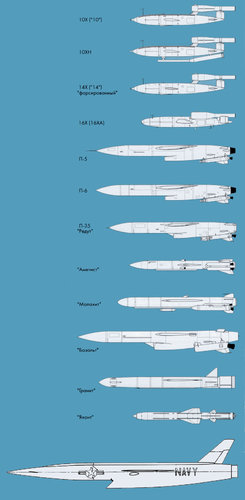Just a random idea in passing...
In the 50's some aircraft carriers and heavy cruisers were converted for Regulus 1 launches. Then the much improved Regulus II was cut short by Polaris.
Whatif
- Regulus I and, most importantly, Regulus II were developped in non-nuclear variants ? and later used in Vietnam ?
- Whatif these missiles allowed long term survival of a lot of WWII era ships
a) Worcester-class big CL
b) Baltimore, Oregon, Des Moines class CA
c) Alaska-class battlecruisers
d) Independance and Saipan light carriers
Let's the fun begin...
In the 50's some aircraft carriers and heavy cruisers were converted for Regulus 1 launches. Then the much improved Regulus II was cut short by Polaris.
Whatif
- Regulus I and, most importantly, Regulus II were developped in non-nuclear variants ? and later used in Vietnam ?
- Whatif these missiles allowed long term survival of a lot of WWII era ships
a) Worcester-class big CL
b) Baltimore, Oregon, Des Moines class CA
c) Alaska-class battlecruisers
d) Independance and Saipan light carriers
Let's the fun begin...

